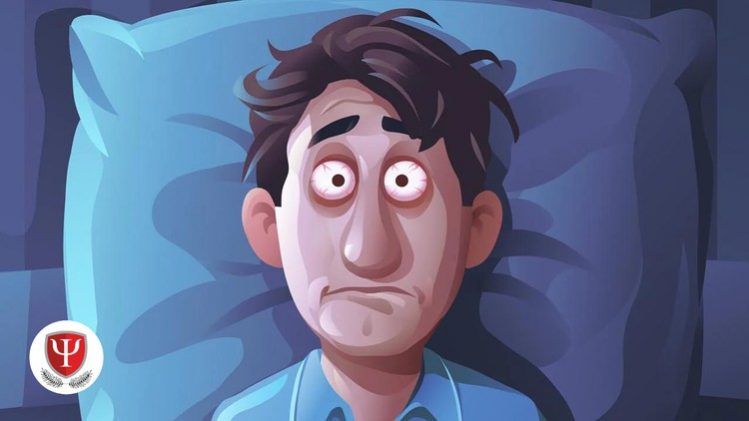
50+ Downloadable Resources (PDFs, Excel Sheets)
What Is Trauma and How Can It Affect Your Life
How People Respond to Traumatic Events
Physical and Health Issues Associated with Trauma
Integrating Current Therapeutic Techniques into Your Life
Managing Your Anxiety
Stop Avoiding and Start Living Again
Coping with Painful Memories, Flashbacks, Nightmares, and Intrusions
How to Know Whether You Need Help from a Therapist
How to Take Better Care of Your Health
Assimilate and apply the new knowledge to better support (trauma-informed) and advocate for family, friends, and colleagues who have PTS or PTSD
Why do some people (who have experienced trauma) develop PTSD and others do not?
PTSD in Children, Adults, and Elderly
About Instructor:
Aman Varma has undergone accredited course training in CBT practitioner, Diploma in Hypnotherapy, Mental Health Practitioner, NLP Specialist Practitioner, Diploma in Psychological Counseling and Diploma in Modern Applied Psychology.
Use this PTSD Treatment Plan in Your Counseling Practice
Cognitive tools, PTSD Coping skills, and Treatment plan to help your client manage trauma and PTSD (Post Traumatic Stress Disorder)
A Powerful Approach to Begin Your Client’s Recovery
The goal of this course is to offer you options for moving forward. Methods and techniques from all of these evidence-based psychotherapies are brought together into one course as a way of allowing you to explore a variety of methods you might find helpful in your journey toward recovery.
If you’ve experienced a traumatic event, you may feel a wide range of emotions, such as anxiety, anger, fear, and depression. The truth is that there is no right or wrong way to react to trauma; but there are ways that you can heal from your experience, and uncover your own capacity for resilience, growth, and recovery.
It is important to understand that life-threatening, traumatic events are sadly common—but that surviving and thriving is possible. Exploring ways to deal with your symptoms is the first step in healing from trauma. This course is meant to help you in the journey of exploration and healing. You can use it on your own or in sessions with your therapist.
Overcoming Trauma and PTSD offers proven-effective treatments based on acceptance and commitment therapy (ACT), dialectical behaviour therapy (DBT), and cognitive-behavioural therapy (CBT) to help you overcome both the physical and emotional symptoms of trauma and post-traumatic stress disorder (PTSD). This course will help you find relief from painful flashbacks, insomnia, or other symptoms you might be experiencing. Also included are worksheets, checklists, and exercises to help you start feeling better and begin your journey on the road to recovery.
**
This course will help you learn:
- Manage your anxiety and stop avoiding certain situations
- Cope with painful memories, flashbacks, and nightmares
- Develop a support system to help you heal and move forward
- CORE BELIEF DISRUPTION & GROWTH
- HOW TRAUMA AFFECTS YOUR THINKING
- REFLECTIVE THINKING & REBUILDING
- BUILDING A RESILIENT SYSTEM
- THE USEFUL SIDE OF TRAUMA
- TAKING CONTROL OF YOUR EMOTIONS
- RELAXATION EXERCISES
- THOUGHT JOURNALING
- IMPROVE PERSONAL STRENGTH
- IMPROVE RELATIONSHIPS WITH OTHERS
- OVERALL LIFE APPRECIATION
- DISCOVER NEW LIFE PATHS AND POSSIBILITIES
- COPING MECHANISMS
- FINDING COMPASSION AND COMPANIONSHIP
- FINDING MEANING, PURPOSE, AND MISSION
Overview of the course
This course is divided into three parts, each with several lectures.
- • Part 1 will help you understand what traumatic events are, and will also give you an overview of common psychological and physical reactions to experiencing trauma.
- • Part 2 goes into the specifics of how to manage the symptoms of post-traumatic stress disorder (PTSD). You do not have to have all of the symptoms of post-traumatic stress disorder to benefit from the exercises found here. This part of the course contains many exercises, which have been divided up by the type of symptoms you are experiencing. Your symptoms may include painful flashbacks and difficult memories about a traumatic event or events; a pattern of avoiding trauma-related situations and triggers; and a sense of being overwhelmed by or having difficulty with emotions and relationships.
- • Part 3 discusses ways to get more professional help if you need it. It also explores ways to get more support and take care of your physical health, particularly after you have had some relief from your current symptoms.
- Part 4 will help you use your trauma as a primary source of self-knowledge and personal growth. I’ve heard somewhere a trauma survivor said, “Why to waste this traumatic experience on just getting back to who I was?” This question captures PTSD growth or PTG. This term was coined in the early 1990s with the basic concept that positive personal transformation can occur in the aftermath of trauma. This course is designed for those who wish to go beyond being resilient, to experience meaningful personal growth and perhaps radical transformation in the aftermath of a trauma. I will give you the tools to thrive, grow, and transform yourself.






